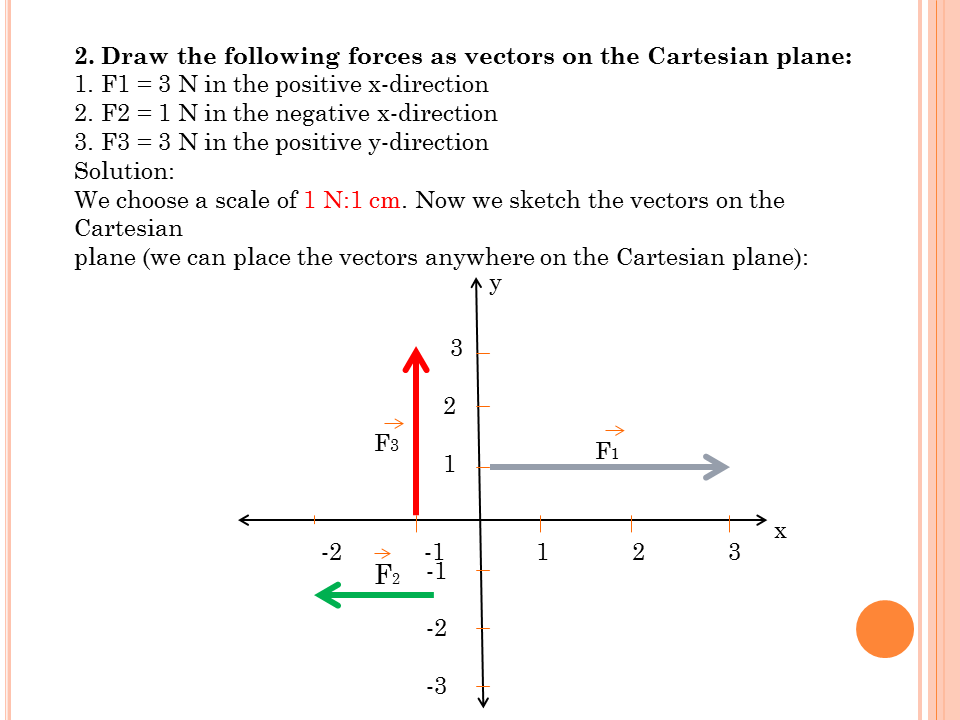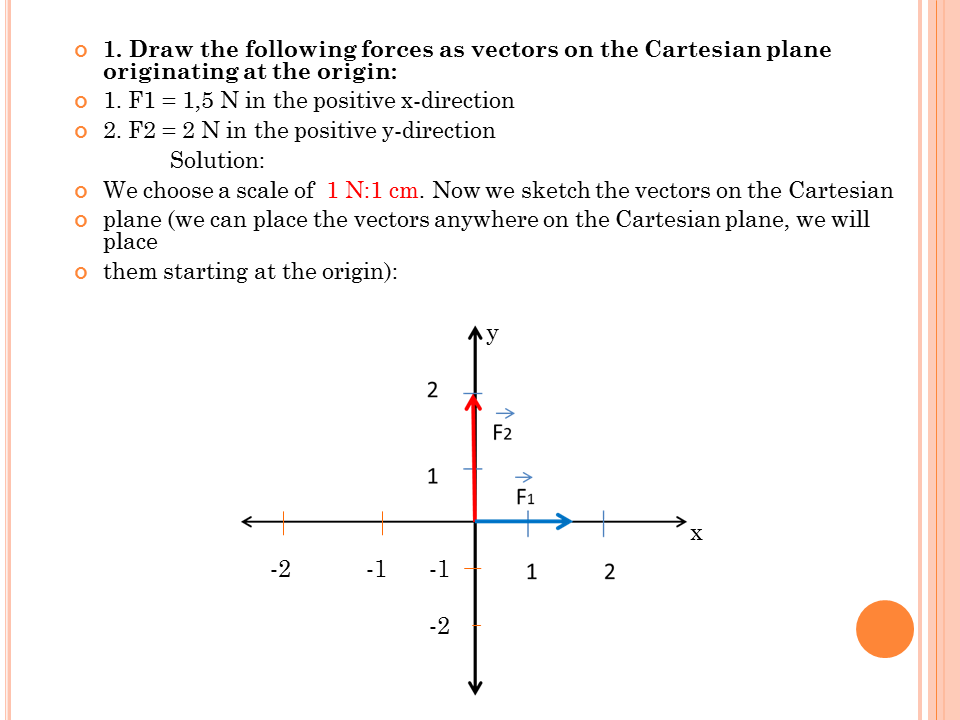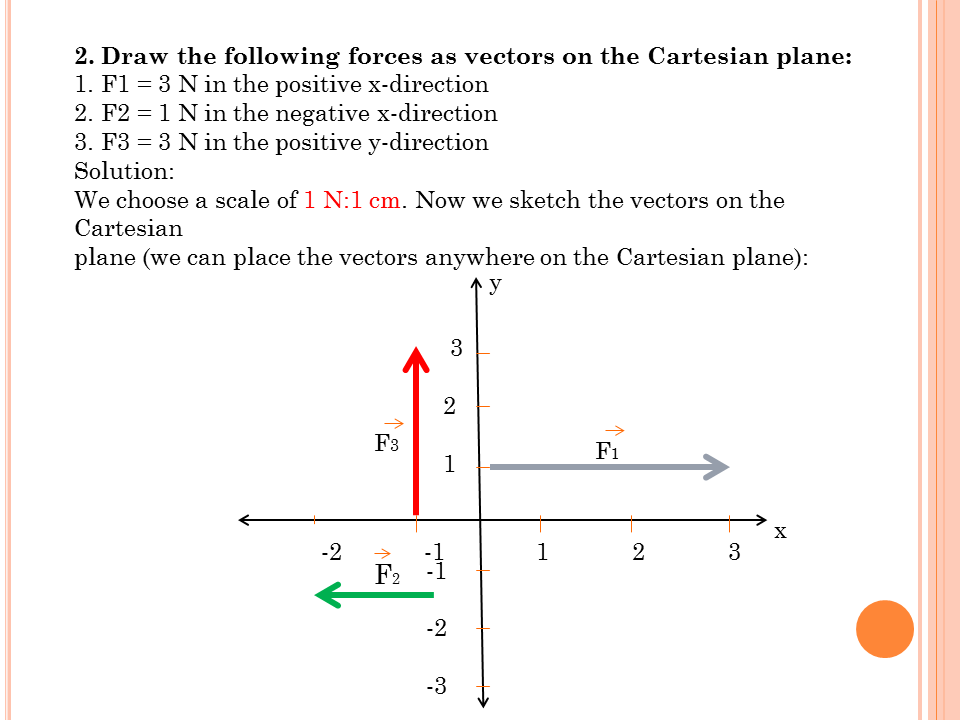The resultant of two or more perpendicular vectors is the vector sum of those vectors. The magnitude of the resultant vector is equal to the square root of the sum of the squares of the magnitudes of the individual vectors.
Mathematically, if vectors A and B are perpendicular to each other and have magnitudes A and B, respectively, the magnitude of their resultant vector R is given by:
R = √(A^2 + B^2)
The direction of the resultant vector is given by the angle that it makes with the positive direction of one of the axes.
In two dimensions, the direction of the resultant vector can be found using the Pythagorean theorem and trigonometry. In three dimensions, the direction of the resultant vector can be found using the scalar and vector products of vectors.
The concept of the resultant of perpendicular vectors is important in various fields, including mechanics, engineering, and physics, where it is used to analyze the relationships between forces and their effects on objects.
Resultant of perpendicular vectors




Leave a Reply